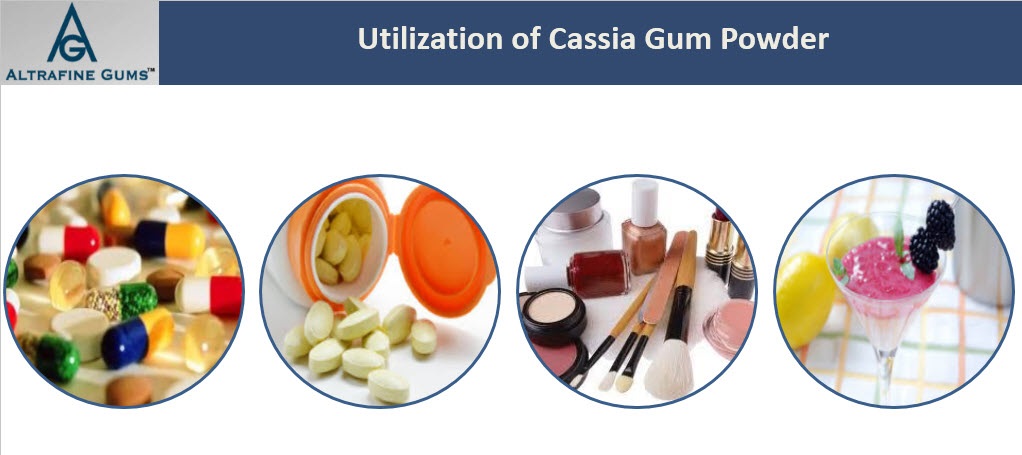
Phytochemical Constituents of Cassia Gum that Have Changed Lives
Table of Contents
It is estimated that a high percentage of people living in the developing countries rely on various forms of traditional medicines for primary health care needs. The medicinal properties of these plants have made a great contribution in the development of traditional herbal therapies. The cassia gum contains a wide variety of phyto-pharmaceuticals that have become very important in various industries such as agriculture, human and vetinary medicines.
It is believed that herbal medicines have lesser side effects and less costly compared to the allopathic medicine. The cassia tora plant is well known for its extracts having high laxative and purgative purposes. The cassia gum powder is always utilized in research for its photochemistry and pharmacological properties ranging from anti – diabetic action to anti viral activity in the body. The powder has been reported in ancient ayurvedic literatures against skin diseases such as ring worms, eczema and scabies.
Phytochemical Constituents of Cassia Gum
Some of the important Phytochemicals of the cassia tora seeds include the cinnamaldehyde, gum, tannins, mannitol, coumarins pinene and eugenol. The leaves and seeds have been found to have laxative, antiperiodic, anthelmintic, ophthalmic, liver tonic, cardio tonic and expectorant properties. The chemicals have also been found to have anti leprosy activity, anti flatulence, anti bronchitis effect and high anti cough effects.
In the sub continent of India, the cassia plant extracts are used as natural pesticides in farms operating organic farming techniques.
Life Changing Cassia Gum Powder Medication on Malaria Parasites
In a detailed research on the Phytochemicals of the cassia tora plant, the cassia gum powder extract, processed through various chemically advanced methods also showed the presence of Glycosides and Saponins. The cassia gum powder extracted from the cassia tora plant showed to have strong larvicidal activity against the Anopheles stephensi mosquito species. The maximum action has been shown to occur when the alcoholic extraction method is used for the active ingredient in the cassia gum.
Tablet Binder Properties of Cassia Gum Powder
There is a lot of research going on for the usage of the cassia powder in the process of tablet binding during tablet manufacturing. This is due to the presence of the gluco-mannose chemicals on the seeds of the plant. The dried and coarse powder seeds of the cassia tora show a high percentage of mucilage that is useful in the tablet binding process. Furthermore the data shows that the mucilage has a favorable PH of 5.6 – 6.5, that has no effect on the gastro intestinal tract and the gum is suitable for use in uncoated tablets.
Other Functional Uses
The processed cassia gum galactomanan has important differences from other related galactomanans. The presence of a high number of galactose side chains prevents the synergistic gelling effects with other anionic polymers. Due to this fact, a smaller amount of the hydrocolloid blend of cassia gum is required to achieve similar effect, compared to when carrageenan alone is used. This translates to high savings on cost when large scale manufacturing is done.
As a result of this, the cassia gum powder has gained popularity in food industries such as in the manufacturing of cheeses, frozen dairy desserts, meat products such as salads and sandwiches and in the making of poultry products.






